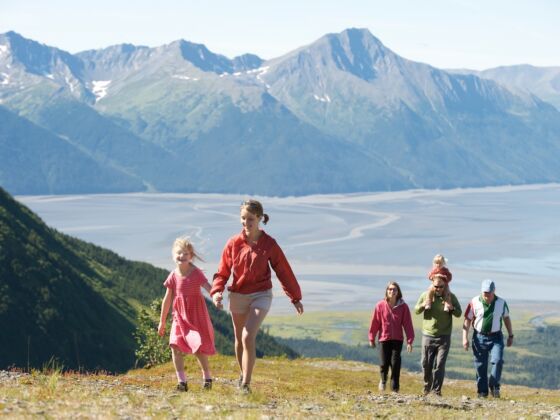Every year, over two million people visit Alaska — many of them as families. They come to explore the country’s most epic landscapes; to bond under the northern lights; to learn about the different Alaska Native cultures around the state; to have the kind of vacation the entire family will remember forever.
It’s a little intimidating at first glance: Countless must-see places and must-have experiences are spread out across an area that could fit 19 smaller US states! With a destination this grand, how do you choose what to do, when to go, where to go, how to go? Ultimately, the decision-making will be up to you, but let’s start with the basics. Here’s how to plan your first trip to Alaska — which just might become an annual family affair.
Begin by choosing a season.
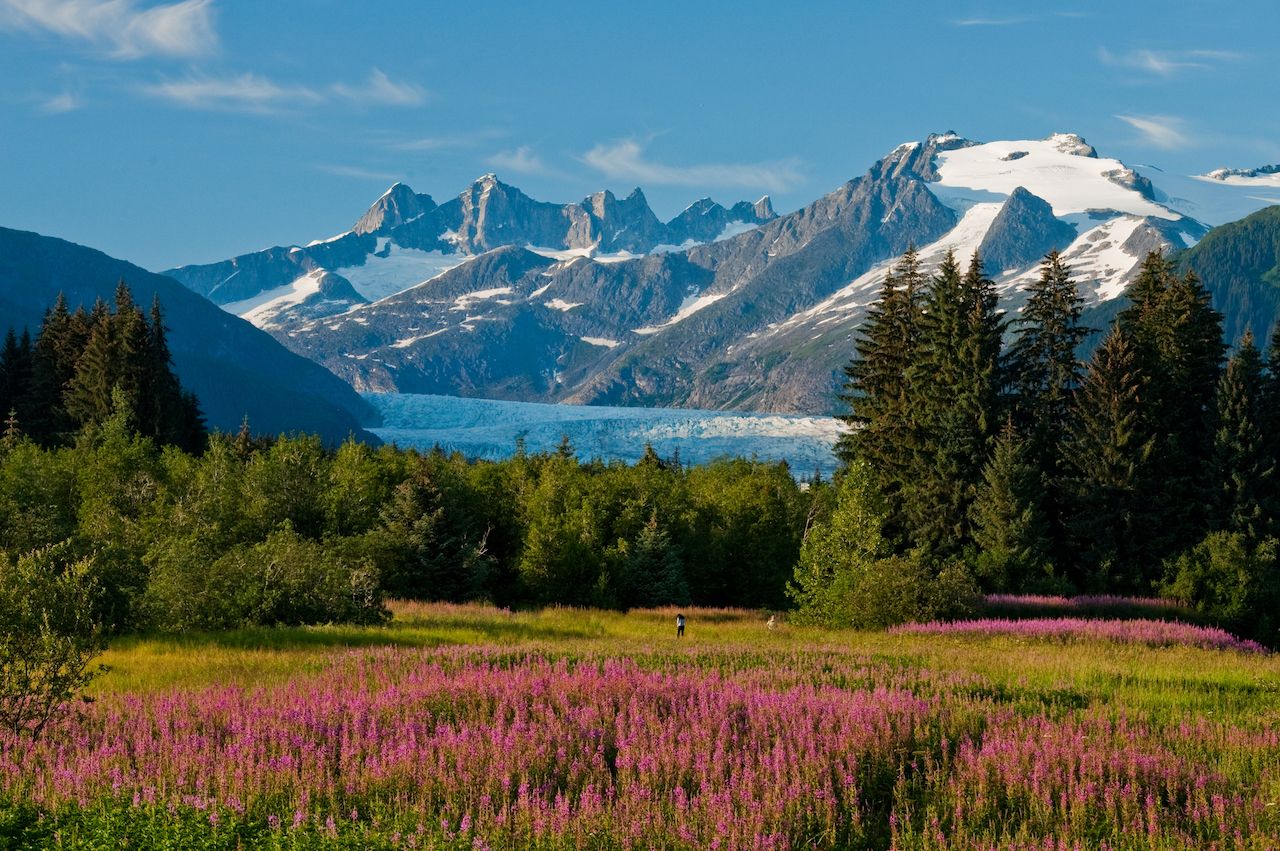
Photo: State of Alaska/Mark Kelley
From whale watching to northern lights chasing to red salmon running, there’s probably a specific activity that’s drawing you and the kids to Alaska. What is it, and when’s the best time to have that experience? Start there. Beyond that, here are some fundamentals to consider:
May–September: This is high season, with June–August seeing the most visitors. You can count on businesses being open and nature being at its most accessible come summer. Think walking the Tony Knowles Coastal Trail in Anchorage, ziplining through the trees in Ketchikan, kayaking with the otters in Prince William Sound, or gallivanting around the fun and educational Pioneer Park in Fairbanks. And with so much extra daylight, it becomes possible to fit more into your day: tack on a short hike after your whale watching cruise in the Kenai Fjords, or spend that extra hour admiring the totem poles in Sitka National Historical Park.
October–April: In the fall and winter months, there will be fewer visitors, more budget-friendly options, and the reward of a more uncommon Alaska experience. While some businesses close, a lot is still possible. Chase the northern lights on a guided excursion out of Fairbanks; visit the Western Arctic community of Nome, endpoint of the famed Iditarod; go snowmachining (aka snowmobiling) or dog sledding through the Interior backcountry; put smiles on the kids’ faces at the Santa Claus House in North Pole (just south of Fairbanks); or take the family skating at Anchorage’s Westchester Lagoon while you’re in town for the Fur Rendezvous Festival. Whatever kind of vacation you’re looking for, Alaska has it.
Tip: Questions about packing and climate? Here you go.
Then, base your trip around a particular region.
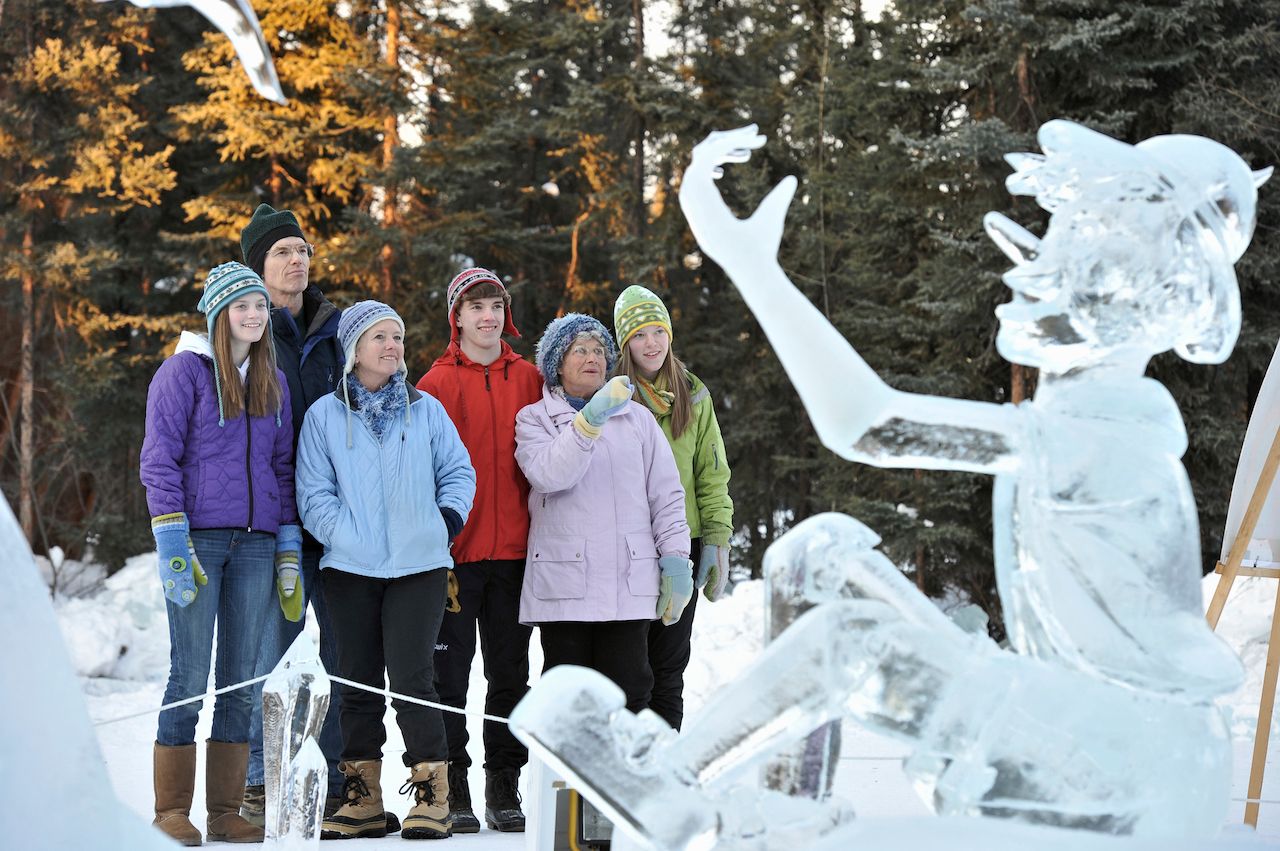
Photo: State of Alaska/Matt Hage
It’d be fantastic if you could see it all, but Alaska is one-fifth the size of the entire Lower 48. What are your top activities? Where can you find them? The answers will help you choose a home base and hone in on an itinerary for your trip. But — just to make sure you’re not missing out — here’s a little bit on Alaska’s five distinct regions and what they offer:
- Home to the Iñupiat people, the Arctic is rich in history and provides a number of opportunities to explore Alaska Native culture and view the region’s magnificent wildlife. Expect 24 hours of sunlight in summer and some of the world’s best northern lights viewing opportunities mid-August through mid-April.
- The Interior is the heartland of Alaska, unfolding across vast tundra and up to the highest mountain peak in North America, Denali (meaning “The Great One” in Koyukon-Athabascan). This is also the home region of Fairbanks, Alaska’s third-largest city, where a host of activities — from gold panning to dog mushing to northern lights viewing — are possible.
- The Southwest includes wildlife-heavy destinations like the Kodiak Archipelago and Katmai National Park and Preserve, showcasing more than 240 bird species across its scenic hills and plains, where you’ll also have a chance to spot a grizzly or ten. The 1,000-mile-long chain of the Aleutian Islands makes this the state’s most expansive region (it extends all the way west to the International Date Line!)
- The Southcentral region, home to over half of the state’s population, is a one-of-a-kind, urban-meets-nature playground of fishing, hiking, and wildlife viewing activities. From the streets of Anchorage to the rivers of the Kenai Peninsula, from the mountain-rimmed Mat-Su Valley to the glacier-studded Wrangell-St. Elias National Park and Preserve, your options here are limitless.
- The Inside Passage claims some truly massive glaciers, lush islands, and an abundance of whales, porpoises, sea lions, and bald eagles. Family-friendly adventures like hiking, kayaking, fishing, glacier viewing, and wildlife tours abound here. The Inside Passage is also home to the Tlingit, Haida, and Tsimshian peoples, with plentiful opportunities for cultural education.
Of course, you don’t have to choose just one region. How much time do you have?
Consider how you’ll get around.
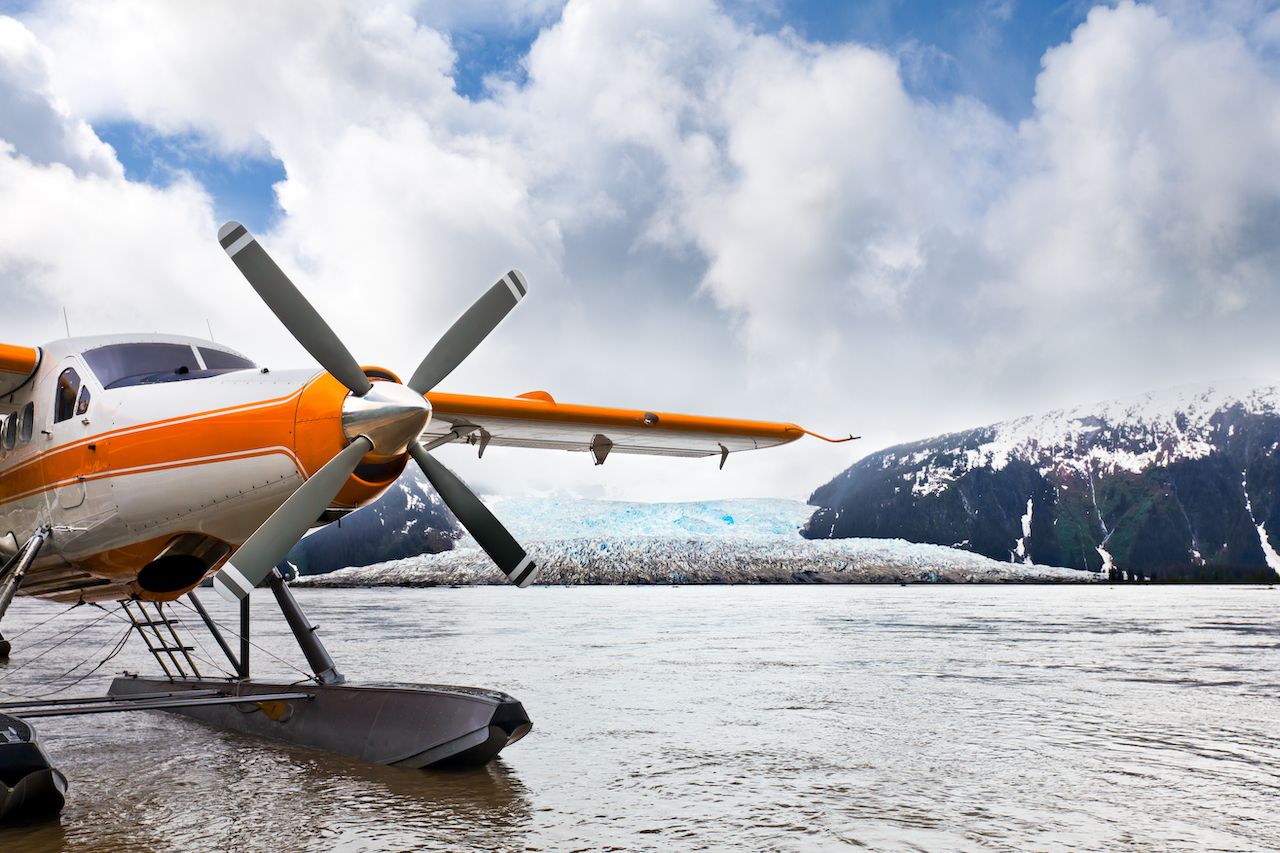
Photo: cdrin/Shutterstock
Ultimately, you’ll want to choose a mode of transportation that’s convenient, flexible, and efficient for your family and itinerary. For many, this means renting a vehicle, as the benefits of having your own set of wheels while exploring the country’s largest state are plentiful. You’ll be able to cover more ground while also lugging around a family’s worth of layered clothing and souvenirs. If throwing camping into the mix sounds appealing, Alaska is the ideal place to rent an RV for that classic family road trip.
Here are just a couple examples of what you could do with a rental car or camper:
- Head south from Anchorage, around the Turnagain Arm, and onto the Kenai Peninsula. Drive down to Seward, where the kids will love exploring the wildlife exhibits at the Alaska SeaLife Center — follow that up with a whale watching tour to see some of those same animals in the wild. Next, retrace your route back to the Sterling Highway and take it all the way to the Homer Spit. Here you’ll find more wildlife tour opportunities, as well as fishing charters and water taxis to points of interest around Kachemak Bay. (Don’t miss the artist enclave of Halibut Cove.)
- Serious road tripping families should consider the circle drive that starts in Anchorage and proceeds through the Anton Anderson Memorial Tunnel (the longest tunnel in North America!) to Whittier. From there, it’s a Marine Highway ferry to Valdez and its magnificent waterfalls, followed by a potential side trip over to McCarthy and Wrangell-St. Elias National Park and Preserve. When you’re ready, take the Richardson Highway north and enjoy the views of the Alaska Range as you make your way to Fairbanks. Finally, your route back to Anchorage can include a stop in Denali National Park and Preserve. This circuit is eminently doable yet might just be the best family drive you ever take.
Of course, it’s not essential that you rent a car for your trip to Alaska with the kids. Travel tour groups are always an option, as are ferries, the Alaska Railroad, regional airlines, buses, and bush plane charters. In fact, in some cases a bush plane will be your primary method of transportation.
Let Alaska cater to your family’s needs and abilities.
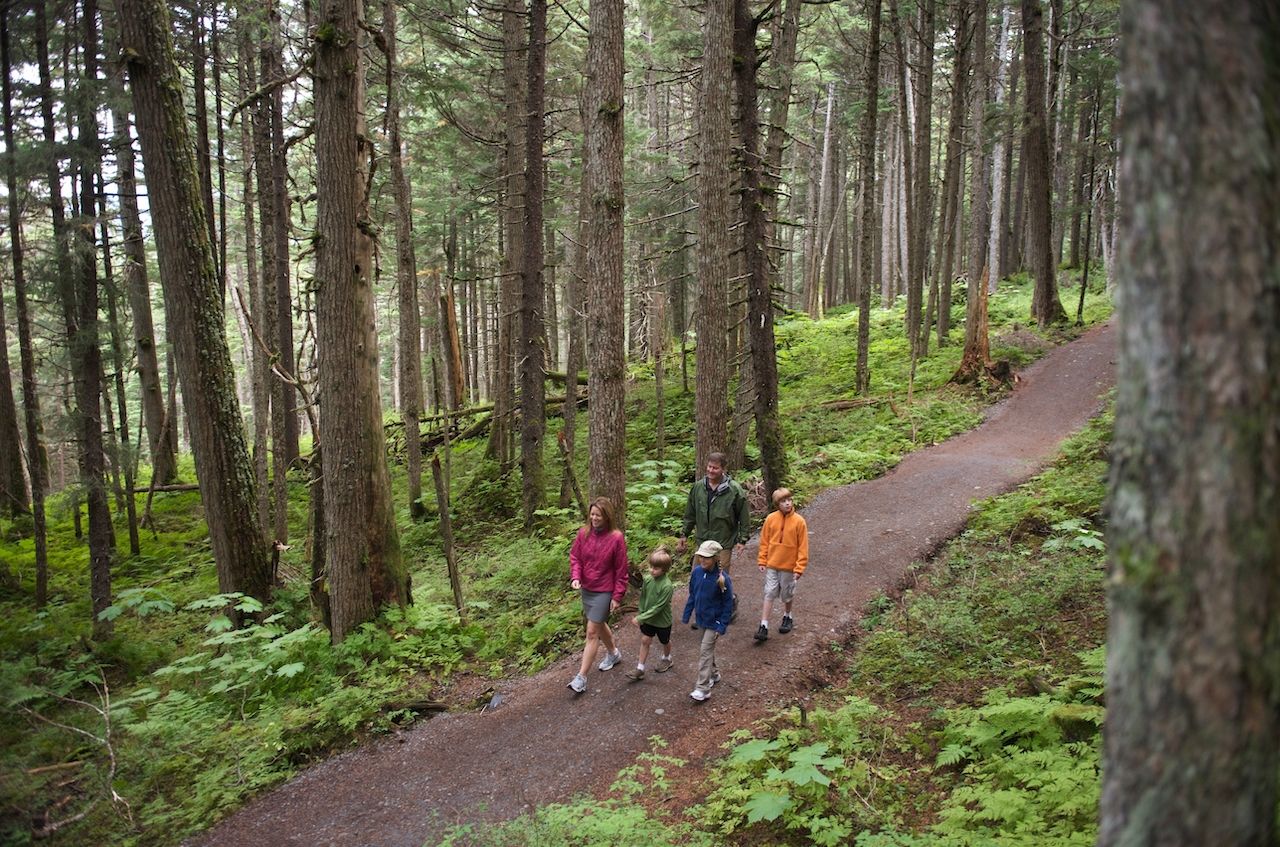
Photo: Image Source Trading Ltd/Shutterstock
Sure, you and the kids could heli-ski from a remote mountain lodge, go for an epic hike in Gates of the Arctic National Park and Preserve, or whitewater raft the Nenana River near Denali National Park and Preserve. Alaska certainly caters to those who seek adventure. But if you’re traveling with younger children, fear not — Alaska is just as much for you as it is the thrill-seeker. “Adventure” comes in many forms, after all.
Go on a wildlife cruise to view orcas and humpback whales, visit the sled dog kennels in Denali, enjoy a mellow but scenic hike in Hatcher Pass, pan for gold in Girdwood or Fairbanks, or pedal through the Tongass National Forest in the Southeast. Another option to consider is basing yourself out of a lodge — this eliminates the need to hop from hotel to hotel but still gives you access to a wide variety of outdoor activities, conveniently arranged through your accommodations.
Your trip to Alaska with the kids will be a rush, no doubt, but you get to decide what kind and how fast-paced.
Make it educational.
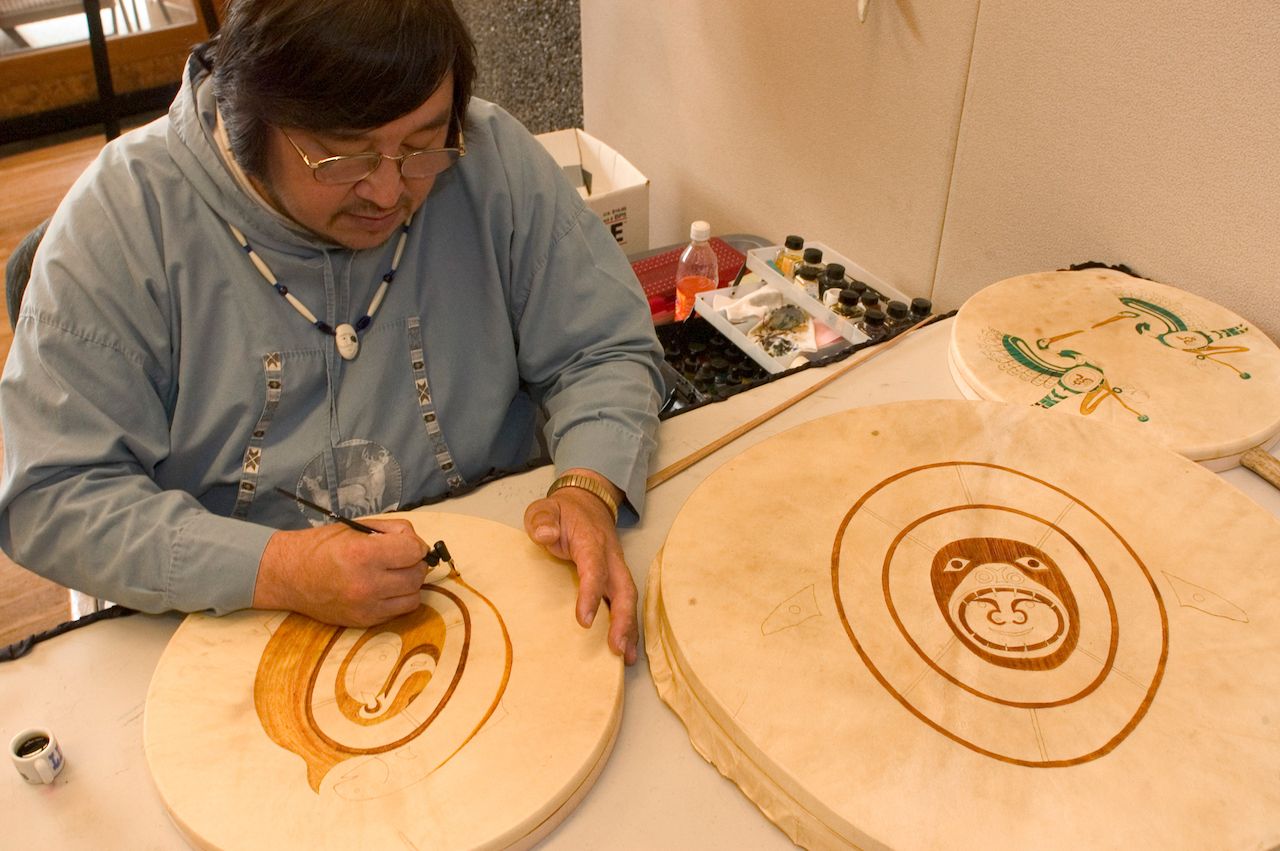
Photo: State of Alaska/Matt Hage
The entire state is a living classroom — use it to your advantage! Take this chance to teach the kids about “Leave No Trace” principles in the wilderness; show them rare wildlife in their natural habitats and at marine or conservation centers; talk to them about Alaska’s melting glaciers and permafrost after stopping by the Mendenhall Glacier Visitor Center; take advantage of junior ranger programming at one of Alaska’s many national parks. And, of course, encourage the kids to ask questions!
From talking to local Alaskans to visiting sites like the Alaska Native Heritage Center, there are a number of interactive, eye-opening ways to teach your kids about the importance of sustainability, of working with and learning from Indigenous groups, of the need to protect our planet and the life it harbors. Simply being in Alaska is an opportunity to discover and grow — for everyone.
Factor in the time difference and hours of daylight.
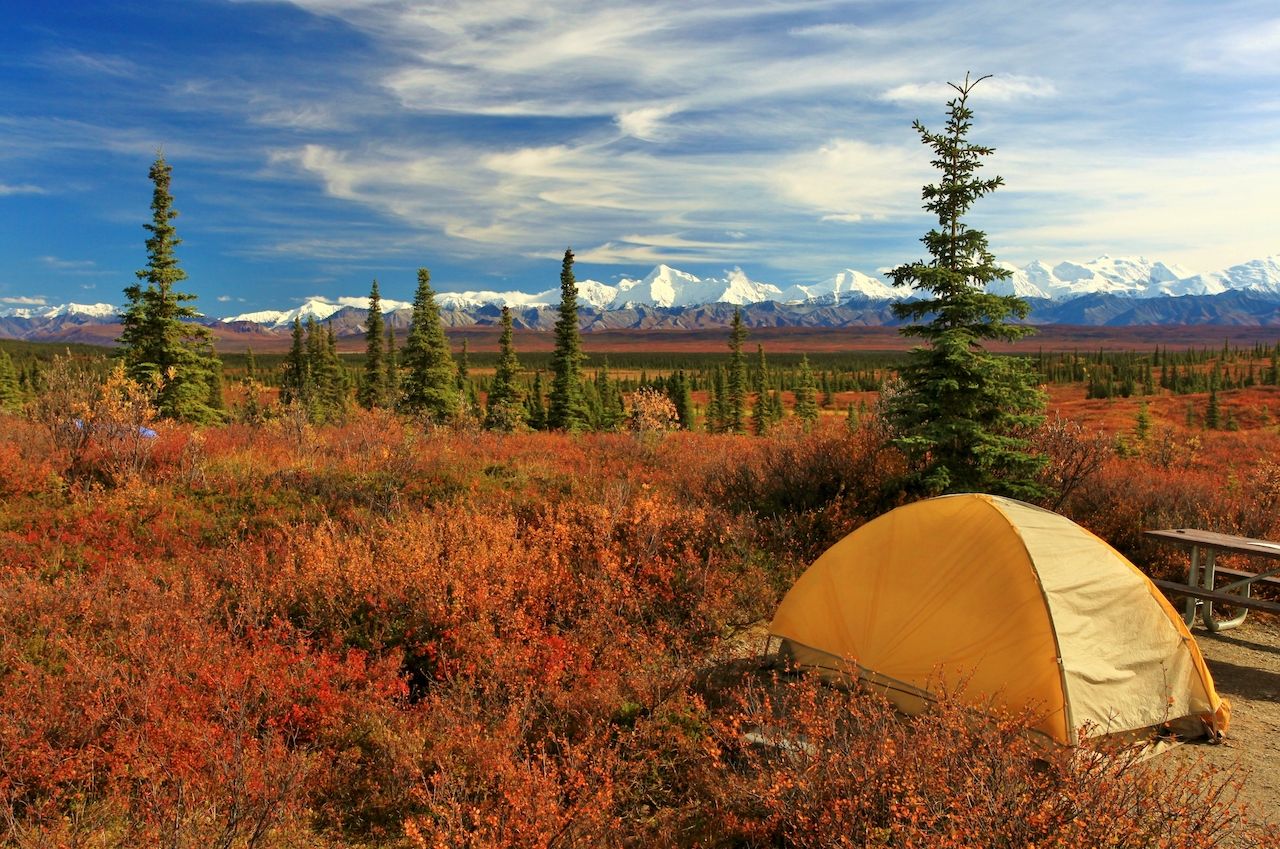
Photo: Juancat/Shutterstock
Alaska is so itself, it’s in a time zone all its own: one hour earlier than Pacific. You’ll want to factor in any time difference (likely one to four hours, depending on where you’re arriving from) and consider how that change can feel exaggerated given the season in which you’re traveling. This goes double if you’re visiting Alaska with small kids. In the winter, the sun rises late and sets early; in the summer, it can feel like the sun never sets — and in some parts of the state, it doesn’t!
This isn’t a hindrance to your fun; if anything, it’ll add to it. In summer, you can attend special activities like the Midnight Sun Game (a 10:30pm baseball game) or the Midnight Sun Festival, both in Fairbanks. In winter, there’s night skiing and constant opportunities to catch the northern lights.
It’s important to keep things in perspective, though. When it comes to epic family travel destinations, Alaska is so much closer to home. Direct flights abound from most major US cities and are only a few hours in duration.
Leave things to do for your next trip.
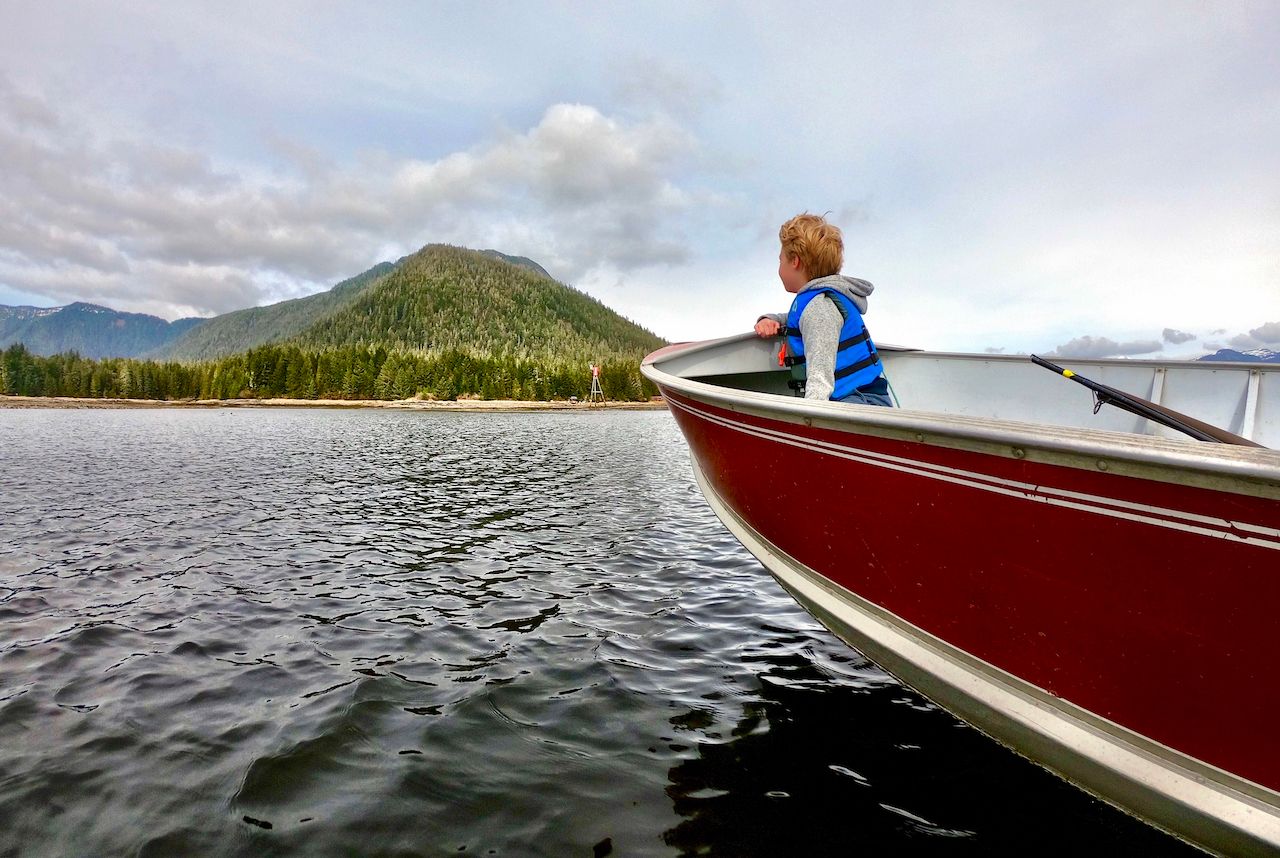
Photo: Troy Larson/Shutterstock
If there’s only one thing you remember, make it this: You don’t have to stress about trying to fit everything into your first trip to Alaska with the kids. And to be honest, you can’t. But the adventures you have will lead to new ideas and fresh curiosities, so that the next time you visit, you and the family can experience a different region or season and draw up a completely different Alaska itinerary to remember forever.

